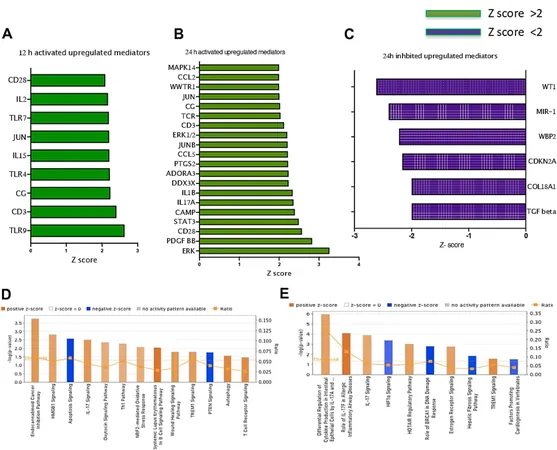
Breakthrough Research Reveals Secrets to Protecting the Vulnerable Kirtland's Warbler!
2024-09-25
Breakthrough Research Reveals Secrets to Protecting the Vulnerable Kirtland's Warbler!
In a groundbreaking study published in Avian Conservation and Ecology, researchers have unveiled critical insights into the habitat preference of the near-threatened Kirtland's Warbler (Setophaga kirtlandii), shedding light on how these birds select their wintering grounds in the Bahamas. By understanding the relationship between habitat factors and the birds' behavior, conservationists can develop strategies that enhance the survival of this species.
The study focuses on the Kirtland's Warbler, which migrates from northern breeding grounds to the Bahamas during the dry season from November to April. This species is particularly vulnerable, with current assessments categorizing it as near-threatened by the IUCN. The research emphasizes how variations in food resources—such as fruits and arthropods—along with vegetation age, directly impact the warblers' home range and core areas in their winter habitats.
Importantly, flocks of these migratory birds display flexible space use. As food resources fluctuate, many Kirtland's Warblers migrate from areas with scarce food to those that are food-rich. This behavior could lead to dramatic shifts in population density across the landscape, especially during drought years when food availability dwindles.
A team of scientists from the USDA Forest Service, Antioch University of New England, and the American Bird Conservancy utilized cutting-edge radio telemetry technology to track the movement patterns of stationary Kirtland's Warblers in Eleuthera, one of their wintering sites. Their research examined a multitude of factors including bird age, sex, forest disturbance history, vegetation structure, and food availability to provide a comprehensive view of the warblers' habitat needs.
Remarkably, findings indicated that the Kirtland's Warbler's non-breeding home range was larger than that of many other studied Nearctic-Neotropical migrants, highlighting the species' adaptability and reliance on a diverse range of food sources. Lead author Joseph M. Wunderle remarked, "This large home range aligns with our observations that the availability of food is highly unpredictable, forcing these birds to be versatile in their habitat utilization."
Interestingly, while adult females displayed smaller core areas compared to males and juveniles, other factors such as age class and sex did not significantly correlate with overall home range size. The study also noted that arthropods played a crucial role in the warblers' diet, suggesting that their foraging habits extend beyond simply fruit availability.
The researchers speculate that older vegetation areas may not offer abundant fruits, which compels the warblers to expand their foraging distance, thus increasing their home range size. Furthermore, they found intriguing patterns in the abundance of fruit shrubs, which were associated with greater home range overlap, suggesting competitive behavior among neighboring warblers.
This illuminating research not only provides key evidence for the conservation of the Kirtland's Warbler but also sets the stage for future studies to understand the ecological dynamics affecting migratory bird populations. As discussions on habitat conservation intensify, these findings will be pivotal in generating effective strategies to conserve this remarkable species and its wintering ecosystems.
Stay tuned as the world of conservation continues to evolve, and researchers unveil more secrets hidden in the habitats of vulnerable species like the Kirtland's Warbler!









 Brasil (PT)
Brasil (PT)
 Canada (EN)
Canada (EN)
 Chile (ES)
Chile (ES)
 España (ES)
España (ES)
 France (FR)
France (FR)
 Hong Kong (EN)
Hong Kong (EN)
 Italia (IT)
Italia (IT)
 日本 (JA)
日本 (JA)
 Magyarország (HU)
Magyarország (HU)
 Norge (NO)
Norge (NO)
 Polska (PL)
Polska (PL)
 Schweiz (DE)
Schweiz (DE)
 Singapore (EN)
Singapore (EN)
 Sverige (SV)
Sverige (SV)
 Suomi (FI)
Suomi (FI)
 Türkiye (TR)
Türkiye (TR)